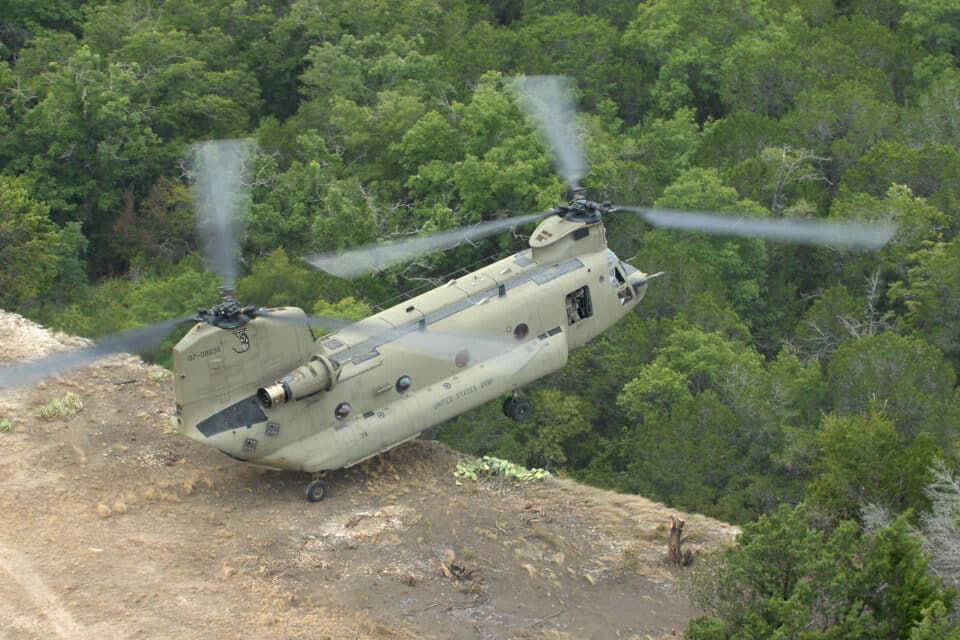Aerospace
HAL, France’s Safran ink deal to develop helicopter engines.

According to the source on Friday saw the signing of a new joint venture agreement between France’s Safran Helicopter Engines and state-run aircraft manufacturer Hindustan Aeronautics Limited (HAL), according to a statement from HAL. In the presence of Safran Group CEO Olivier Andriès, it was signed by Safran Helicopter Engines CEO Franck Saudo and HAL Chairman R Madhavan.
In order to meet the needs of future helicopters being developed by HAL and the defence department, including the 13-ton IMRH (Indian Multi-Role Helicopter), the new aero-engine company in India will be focused on the development, production, sales, and support of helicopter engines, according to HAL.
In both Indian and international markets, IMRH is anticipated to compete with Russian Mi-17 helicopters. According to HAL officials, the platform might have a sizable market given that approximately 40 air forces throughout the world have helicopters similar to the Mi-17.IMRH will be able to perform a wide range of tasks, including as transporting troops, leading assault operations, performing air maintenance, and anti-submarine warfare.
For several decades, Safran Helicopter Engines has been a valued partner. We now eagerly anticipate taking advantage of this chance to draw on HAL’s expertise in producing more than 15 different types of aircraft and helicopter engines to jointly co-develop and manufacture engines with a focus on IMRH and its naval variant, the deck-based MRH, as soon as possible, said Madhavan.
According to a HAL statement, HAL and Safran Helicopter Engines already work together on a number of projects, including the Shakti engine that powers several HAL-built helicopters, including the Dhruv, Rudra, and the light combat helicopter.
On July 5, a high-level delegation of Safran Group had met defence minister Rajnath Singh and briefed him on the firm’s upcoming projects in the country including the setting up of a maintenance, repair and overhaul (MRO) facility in Hyderabad.

Aerospace
When Ratan Tata was denied entry to the airfield at the Aero India show, he waited

During our visit to Aero India 2019, we had the unexpected opportunity to see Ratan Tata at the event, which was a thrilling moment for us. However, there was a surprising hiccup when the security staff didn’t allow him to enter due to a lack of a security pass.
Despite this, he remained calm and patiently waited for about 20 minutes until a member of the Tata team brought him the required pass, after which he calmly proceeded inside. It was a humbling sight, showcasing his composed demeanor even in such situations.
Ratan Tata ji is not only a renowned industrialist but also a trained pilot, holding a pilot’s license. In 2007, he became the first Indian civilian to fly the F-16 Falcon during the Aero India show in Bangalore—a proud moment for the nation.
His passion for aviation extended beyond flying, as he played a key role in shaping India’s aerospace industry. Under his leadership, Tata ventured into manufacturing and maintaining aerospace components while upholding its legacy of quality. Notably, Tata’s collaboration with Airbus to develop and manufacture the C295 aircraft is a testament to its growing influence in the sector.
-

 Aviation2 months ago
Aviation2 months agoMicrosoft Flight Simulator Raises $3 Million to Bring Back the An-225 Mriya
-

 Airlines2 months ago
Airlines2 months agoQatar Citizens Can Travel to the United States Without a Visa
-

 Aviation2 months ago
Aviation2 months agoQatar Airways bans these new Electronic Devices on plane
-

 Airlines2 months ago
Airlines2 months agoJapan Airlines Rolls Out Free Domestic Flights to International Passengers
-

 Defence2 months ago
Defence2 months agoWhich Country Has the Largest Fleet of Fighter Aircraft?
-

 Airport2 months ago
Airport2 months agoWestern Sydney Airport Welcomes Its First Plane After 6 Years of construction
-

 Airlines4 days ago
Airlines4 days agoDAMAC Air: Dubai’s New Luxury Airline Offers Free Flights for Registration
-

 Aviation2 months ago
Aviation2 months agoDid you know ? Once Boeing 747 carried 1088 passenger in 1991








